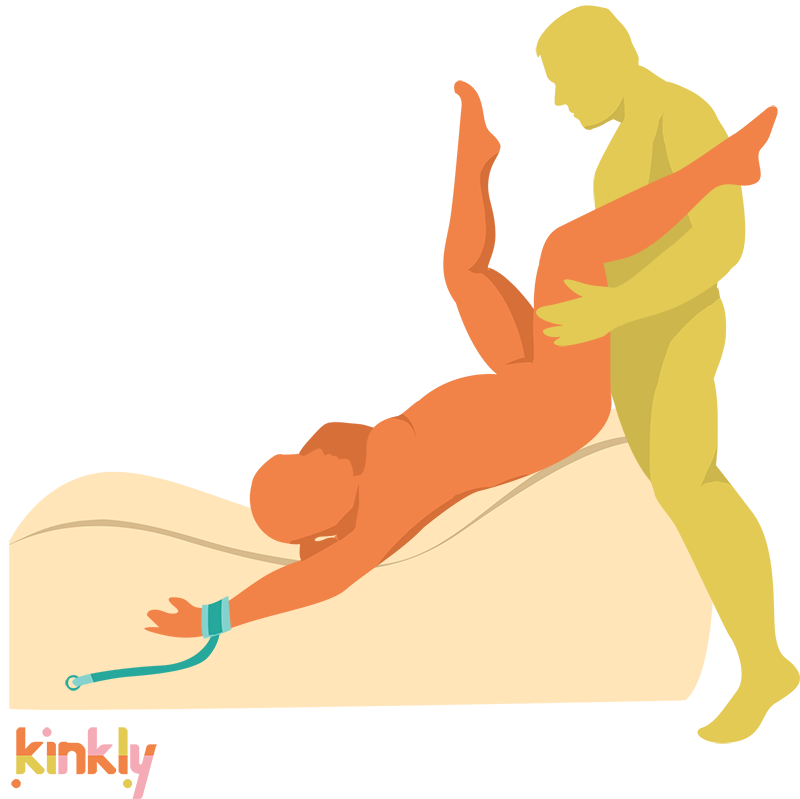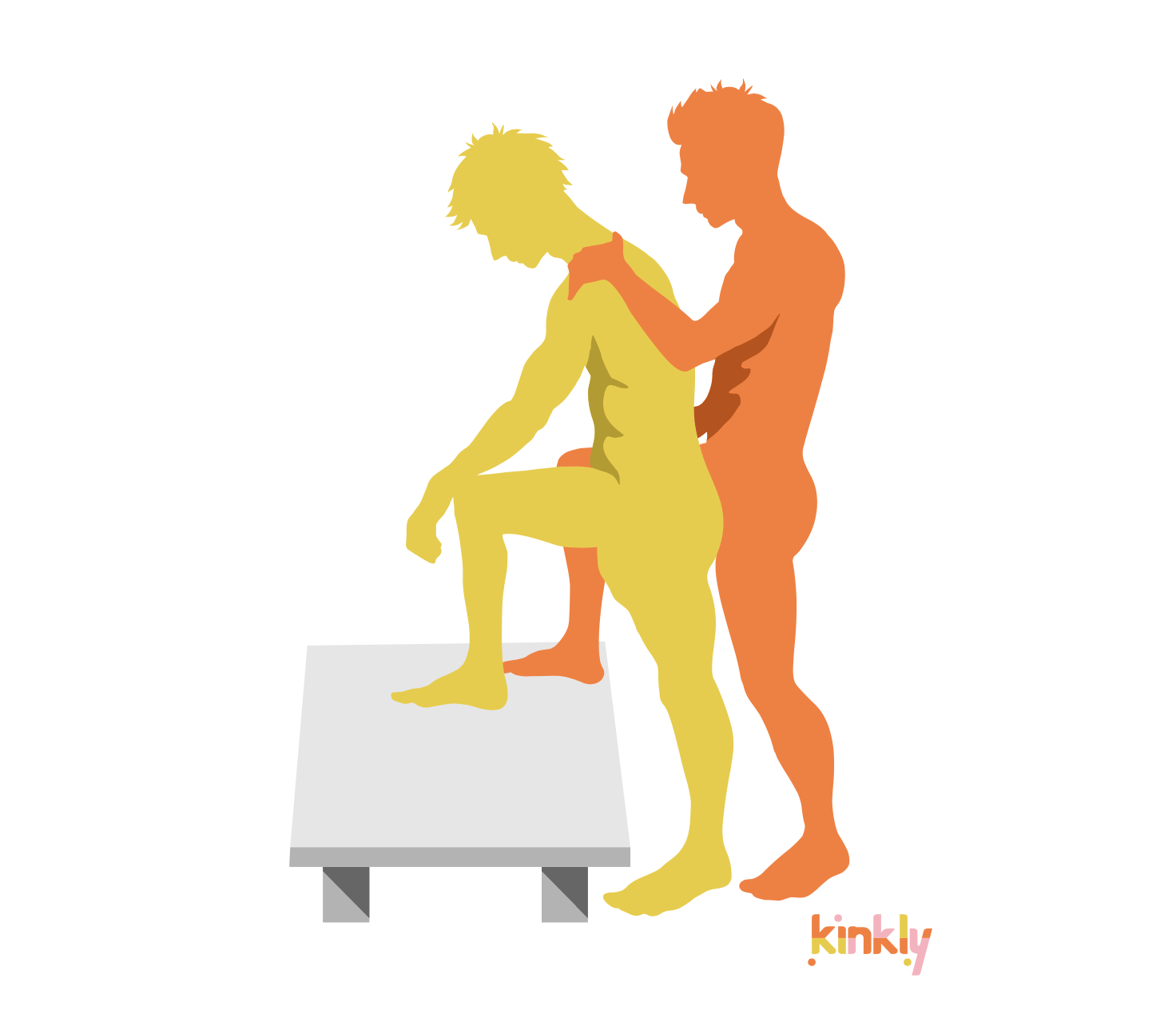The term sex robot refers to lifelike sex dolls with a human form, the ability to engage in human behaviors, and some type of artificial intelligence. Sex robots differ from inanimate sex dolls and other life sized masturbatory aids in that they are designed to not just look like a human being but to act like one as well.
“Sex robots can already talk, have a personality and move during sex.” says Sofie Roos sexologist and couples therapist working at Swedish sex positive magazine Passionerad. “Experts such as Dr Ian Pearson think that full human-like sex robots will be buyable around 2030, and these robots will not only be extremely good in bed, they will also be able to replace human romantic relations. That will bring a lot of moral questions to the debate, but may also lead to a negative child trend in the majority of western countries.”
While sex robot technology is still developing, it is a hotly contested topic with some believing the technology could have beneficial applications and others believing it could be detrimental to society in general, and women and children specifically.
History of Sex Robots
Sex robots are the latest in a long line of products designed to serve as stand-ins for human partners. Over the years, the adult retail industry has offered shoppers who want a full-sized sex toy that looks like a human being several options including inflatable dolls, partial torso models, and ultra-realistic dolls with lifelike skin and features.
What sets sex robots apart from all of their predecessors is the ability to engage in behaviors independently. While some sex dolls have been given things like the ability to speak pre-recorded phrases, the use of artificial intelligence aims to give sex dolls an ability to interact with their owners that is unheard of among other products.
Possible Benefits
Researchers have argued that while sex robots are often discussed as a retail product aimed at young, abled-bodied men, one of their best uses might be to provide elderly and disabled users with a safe and comfortable means with which to explore and enjoy their sexuality.
“Sex robots are used to provide sexual gratification or intimacy to their users” says Natasha Marie Narkiewicz, Sexual wellness expert and Head of Communications at sexual health and technology company MysteryVibe. With that in mind, it stands to reason that they could serve to provide those things to vulnerable populations.
Sex robots also give people who are just really, really into technology a way to enact previously out of reach fantasies.
“Digisexuals are people who are attracted, largely or primarily, to technology." says Anna Richards, founder of the erotic ethical porn site FrolicMe.com "This is sometimes connected to animism or the belief that objects, including sex dolls or robots, can have a spirit.”
Some people have proposed the use of sex robots as rehabilitative tools for sex offenders and as a means to relieve sexual frustration and prevent sexual assault in isolated environments such as oil rigs and prisons. However, these points definitely have a negative counterpoint.
Opposition to Sex Robots
Opposition to the creation and use of sex robots cites the potential for societal harm that could come from dehumanization of sexual partners. The arguments that say sex robots could be used to prevent pedophiles from abusing children or people in isolated conditions from abusing each other can also be looked at in another way. Those very same arguments mean that the use of sex robots could make those very same users more likely to abuse others as their sex robot use would make it easier to dehumanize their human targets.

















